Heritage of Heroines exhibition at UNISA Galler amplifies voices of women artists
By Tshegofatso Seoka

It was Nina Simone who sang the song: I Wish I Knew How It Would Feel to Be Free in 1967. Nina Simone is known as a turbulent and talented singer, who used music as performance as well as protest, she protested being black and protested being a woman. Today we celebrate women’s day in South Africa as a tribute to the more than 20 000 women who marched to the Union Buildings on 9 August 1956 in protest against the extension of Pass Laws to women.
There are various movements that have been set in place like feminism that used the famous quote by Mary Shear from 1986 that states “Feminism is the radical notion that women are people.” In other words, feminism is a commitment to achieving the equality of the sexes.
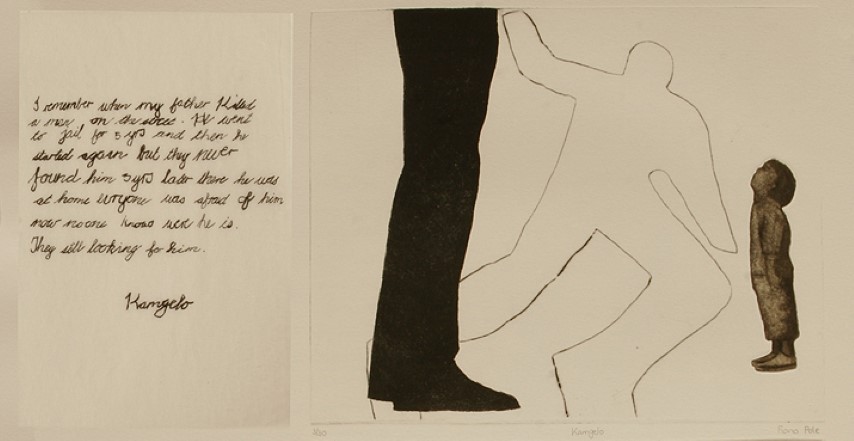
This is basic history of women in the world, a speck of dust of the narratives and lived experiences of women in the world, but why do we have this history, why are these things said because essentially, we are not equal, and women are not free.
The women of 1956 protested for freedom, freedom of speech, moreover freedom of movement, and yet a woman cannot walk the streets alone in South Africa, A woman cannot apply for a job and go to an interview without the fear of being raped, kidnapped or trafficked. Statistics of 2020/2021 state that in South Africa 41,739 women were victims of sexual offences including rape, sexual assault, incest, bestiality, flashing, and other crimes. Statistics of murder in 2023 were recorded as 3,880, which is an average of 10.6 women a day.
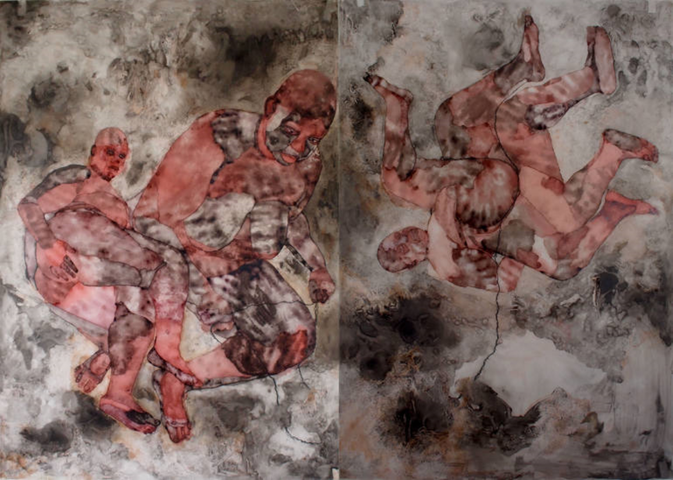
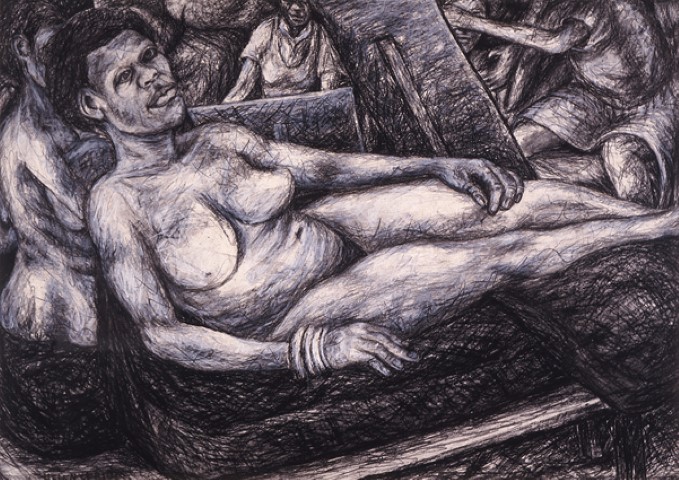
I wonder if this is the freedom that the women of 1956 protested for, the freedom that Nina Simone wishes she had. At times I think of this and remember the famous line by lady Mc Beth who stated Come, you spirits; That tend on mortal thoughts, unsex me here. At this point she wanted her woman-ness to be removed from her.
Now those, those are the recorded violent crimes, what about the other ones, the ones not recorded the soft, the passive, the everyday life of women. And that is where exhibitions like this one are important, this is why institutions like this one exists, so that we can have conversations, hard conversations about what it means to be a woman in this world. What it means to be a woman in industry. Today we talk about women in the creative sector in this exhibition. Heritage of Heroines.
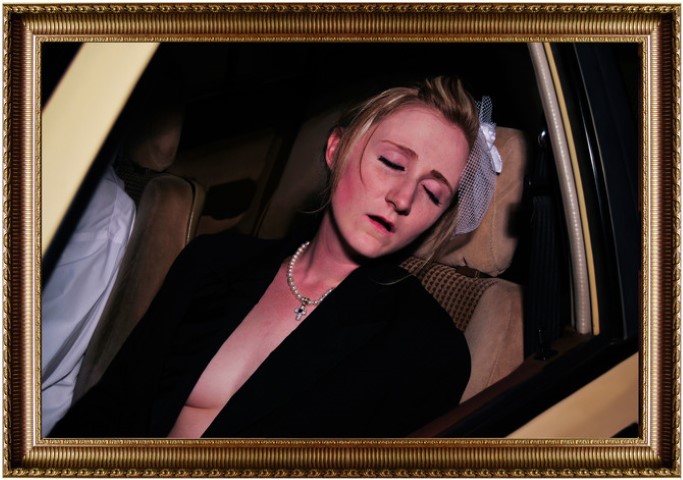
Heritage of Heroines is an exhibition that serves to pay homage to the multifaceted and profound contributions of women in the art sector and creative industries. Celebrating their unique contributions and creative endeavors. Heritage of Heroines delves into the archetypal stories, anecdotes, the lived experiences and narratives that are reflective of themes that take into account notions of identity, gender inequality, artmaking, as well as the socioeconomic considerations of artists who are women.
The exhibition Heritage of Heroines aligns with the UNISA’s catalytic Niche Area of Feminist, Womanist, and Bosadi Theorisations instituted by the Vice Chancellor of the University. These frameworks provide fertile ground for exploring the intersections of gender, identity, and societal structures, and further emphasize the importance of women’s voices and perspectives in academic and cultural discourses. By embracing these theoretical perspectives, the exhibition seeks to illuminate the lived experiences of women, particularly those who have been historically marginalized.
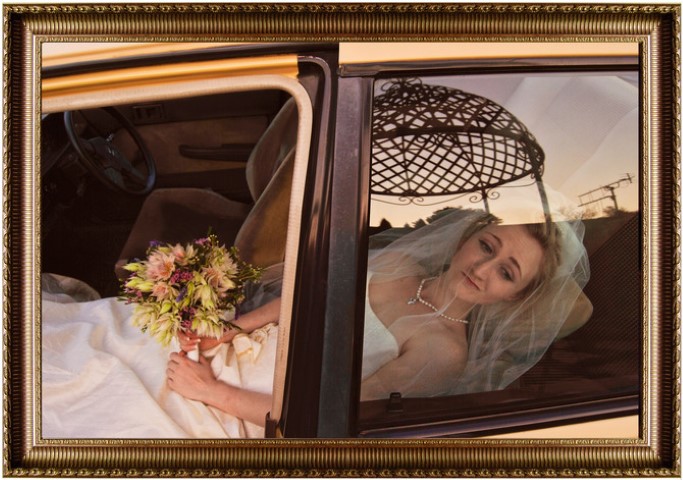
The artworks presented span a wide array of media, including paintings, drawings, sculptures, photography, and integrated media, from distinguished artists such as Tuli Mekondjo, Nomusa Makhubu, Mmakgabo Helen Sebidi. Ayana V Jackson. And also other artists that are not usually exhibited or written about like Pauline Mazibuko, Anna MashininiLien Botha, Josephine Gheza, Gael Neke, Andrea Du Plessis, Pip Curling and M. Florine Démosthène, amongst others, bringing forward narratives that are rich in cultural heritage. Addressing notions of spirituality, freedom, home, gender roles, technical excellence, and storytelling.
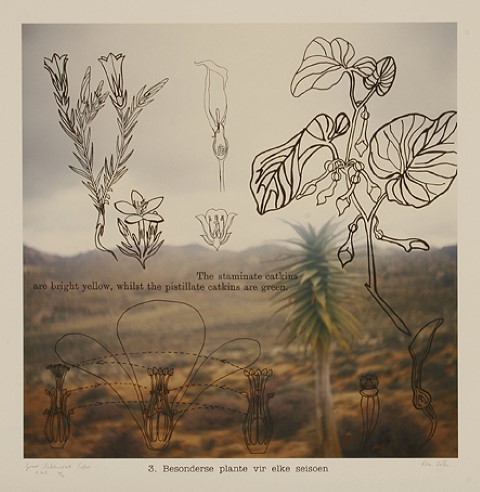
Heritage of Heroines probes deeply into stories and narratives from women across the continent and beyond emphasizing the importance of collecting and acquiring artworks from women who are artists. A further distinction is placed on the artworks as an essential part of our heritage in how they can be employed to highlight the importance of language, belonging, traditions, legacy, and cultural identity, as they actively accentuate the importance of preservation and the role of art in maintaining cultural continuity.
Such as the women of the intuthuko Embridery collective. Who create beautiful embroidery artworks, works that are included as a means of engaging with the art and craft debate as well as the gendered lens of collection culture, highlighting the economic struggles of women artists who are often paid less which perpetuates notions of poverty, deprivation, and distress amongst artists who are women. By showcasing the work of the select artists, the exhibition advocates for their recognition and fair compensation, challenging the systemic inequities that persist in the art and creative sectors.
.TshegofatsoSeoka is Curator of the UNISA Gallery. The Heritage of Heroines exhibition is on till September 6, 2024.










